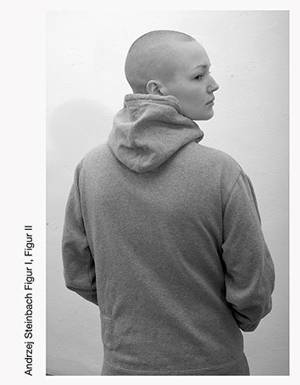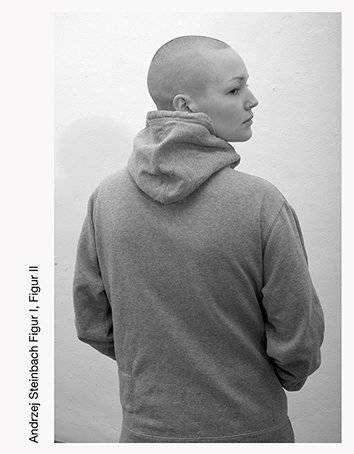
- Afhalen na 1 uur in een winkel met voorraad
- Gratis thuislevering in België vanaf € 30
- Ruim aanbod met 7 miljoen producten
- Afhalen na 1 uur in een winkel met voorraad
- Gratis thuislevering in België vanaf € 30
- Ruim aanbod met 7 miljoen producten
Zoeken
Omschrijving
Figure I and Figure II are two young women who immediately confuse the viewer. Figure I is photographed against a neutral background, striking various different poses and dressed in an assortment of clothes that make it impossible to ascribe her a fixed role. Depending on which photograph you are looking at, the figure may look more female or more male -- there is no way to resolve the ambiguity. The same is true for Figure II: she stands in front of a lamella curtain, trying on a tube cowl. As with Figure I, there can be no clear-cut role assignment, which is the effect Steinbach is striving for. His two black-and-white portrait series ask the viewer to look carefully and make comparisons -- reminiscent of Marianne Wex's photo studies. The artist plays with the gestural language of fashion photography, which he repeatedly subverts, paring away at the image to reveal the residual identities of his models.
Specificaties
Betrokkenen
- Auteur(s):
- Uitgeverij:
Inhoud
- Aantal bladzijden:
- 184
- Taal:
- Engels
Eigenschappen
- Productcode (EAN):
- 9783944669908
- Verschijningsdatum:
- 1/10/2015
- Uitvoering:
- Paperback
- Formaat:
- Trade paperback (VS)
- Afmetingen:
- 229 mm x 295 mm
- Gewicht:
- 816 g

Alleen bij Standaard Boekhandel
+ 97 punten op je klantenkaart van Standaard Boekhandel
Beoordelingen
We publiceren alleen reviews die voldoen aan de voorwaarden voor reviews. Bekijk onze voorwaarden voor reviews.











